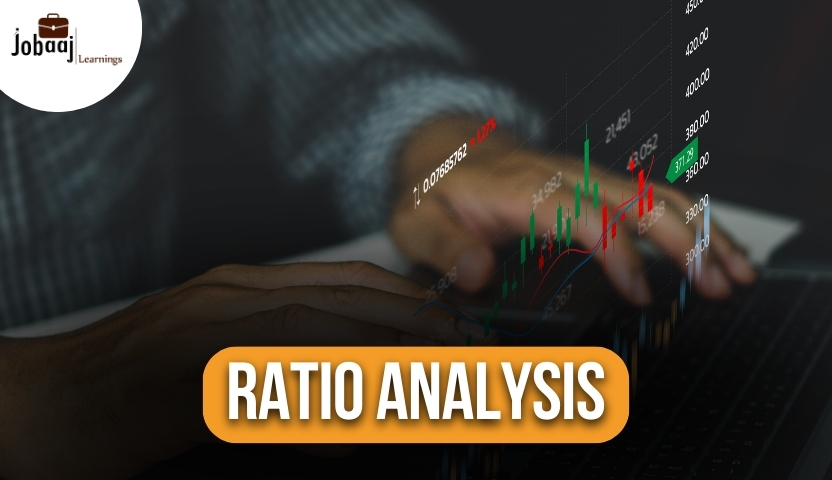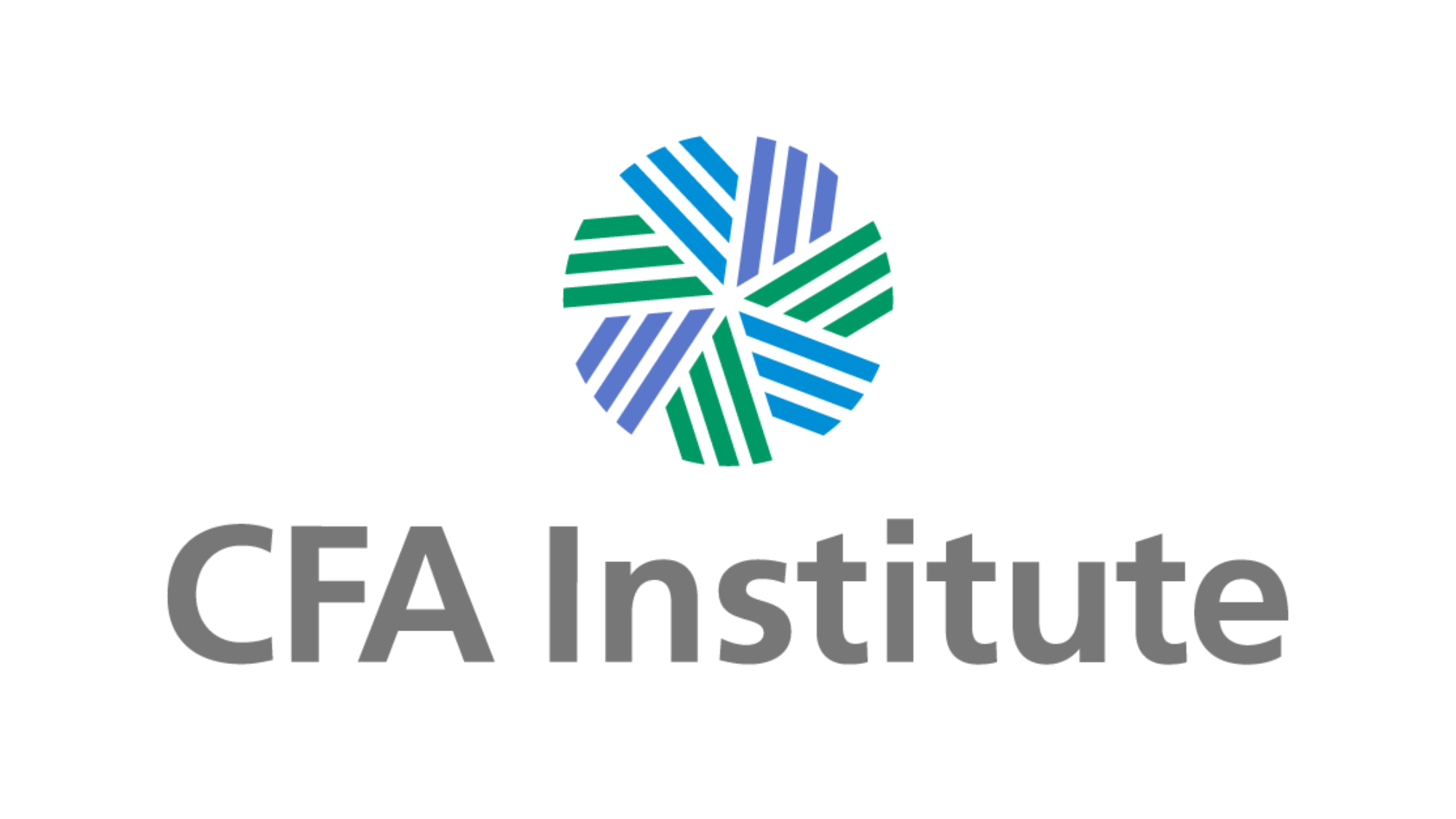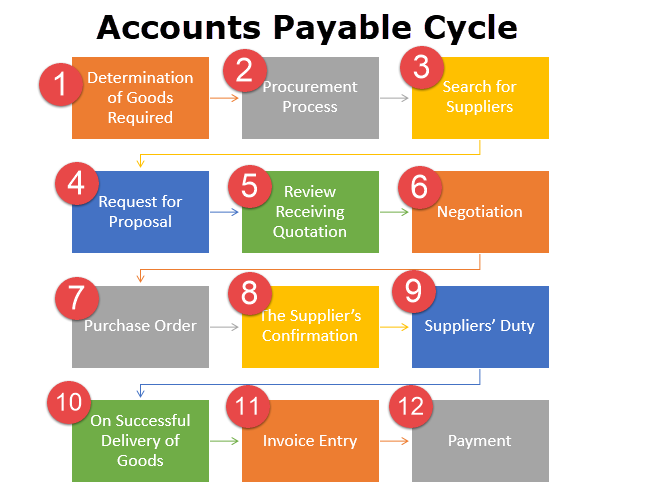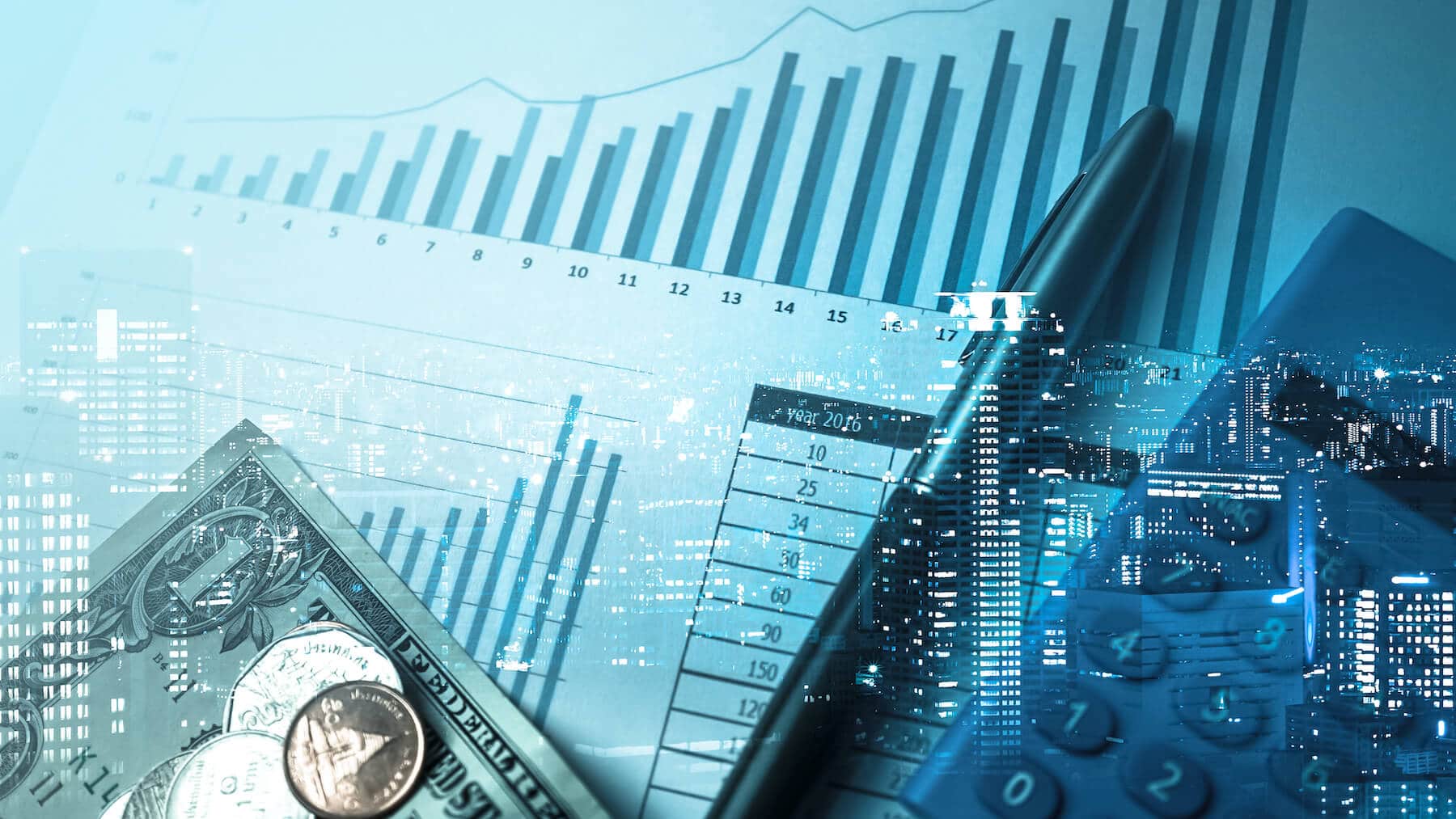SAP is one of the world's leading producers of software for the management of business processes, developing solutions that facilitate effective data processing and information flow across organizations.
SAP consultants develop and implement SAP systems for business clients. They determine clients' business needs, create customized SAP solutions, and smoothly integrate SAP applications with existing IT infrastructure. SAP consultants may be employed by companies, or they may consult independently.
Technical Questions
1. Describe ERP.
The integrated computer-based system known as ERP, or enterprise resource planning software, is used to efficiently manage a company's resources. It handles workflows and ensures efficient information flow across diverse departments in an organization or firm.
2. What variations exist in ERP?
ERP has the following variants:
- SAP
- JD Edwards, (now acquired by Oracle)
- Baan
- PeopleSoft (now acquired by Oracle)
- Siebel
- Windows Dynamics

3. Tell me a little bit about SAP.
Systems Applications and Products in Data Processing is the abbreviation for SAP. It is a German company that was established in 1972 by Wellenreuther, Hopp, Hector, Plattner, and Tschira. SAP is the name of the company, as well as its ERP product.
SAP is the market leader in ERP. SAP had more than 140,000 installations worldwide as of 2010, more than 25 industry-specific business solutions, and more than 75,000 clients in 120 nations.
4. List the various SAP modules.
Following are the various SAP modules:
- FI (Financial Accounting)
- CO(Controlling)
- EC (Enterprise Controlling)
- TR(Treasury)
- IM (Investment Management)
- HR (Human Resource)
- SD (Sales and Distribution)
- MM (Materials Management)
- PM (Plant Maintenance)
- PP (Production Planning)
5. What are master data, transaction data, and metadata?
Meta Data: Metadata is facts about other data. It provides information on the data or MetaObjects' structure.
Master Data: This Data is key business information like Customer information, Employee, Materials, etc. This is more like reference data for
Transaction Data: This is data related to day-to-day transactions.
6. Describe NetWeaver.
NetWeaver, known as SAP Web Application Server, can run all of the mySAP suite's products because NetWeaver is an integrated technology platform (SAP WEBAs).
7. SAP Is A Database, Right?
NO. Although SAP is an application, it uses databases that are offered by other vendors, like Oracle, SQL Server, and others.
8. How many SAP Sessions are you able to operate concurrently?
You can only work on a maximum of six sessions for one client at a time.
9. In SAP terms, what is a transaction?
A transaction in the context of SAP is a set of logically related dialogue stages.
10. Please explain what you mean by "datasets"?
A dataset is a simple collection of data, usually presented in a table. The application server processes the data sets in sequential order. In SAP, they are used for file handling.
11. What are some setbacks of SAP?
Although it's a pretty multi-functional software, it does have the following setbacks:
- It can be highly expensive
- It is a complex software and requires highly trained staff to operate it
- It takes a long time to implement it.
- Its interface can be quite complex.
- New versions are rolled out quite frequently. Therefore, a trained professional is generally needed to maintain the software.
12. State a difference between Domain and Data Element.
Domain: It specifies and defines attributes. Examples of these are length, type, and possible value range.
Data Element: It acts as an intermediate object between domain and table type.
13. What is meant by 'Baseline Date' in SAP?
The baseline date is usually the date from which the payment terms apply. It usually acts as the basis for determining the permitted cash discount or if the invoice is due. Usually, it is the document date on the invoice but can also be the date of entry or the posting date from the ledger.
14. What are the standard stages of payment run in SAP?
Following are the standard stages of payment run in SAP:
- Entering of parameters- Includes entering vital information like company codes, vendor accounts, payment methods, etc.
- Proposal scheduling- A proposal is sent for the invoices to be paid.
- Payment booking- Booking of the actual payments into the ledger.
- Printing of payment forms- The last stage of the payment run is where you schedule the printing of the payment forms.
15. Mention the differences between SAP BASIS and SAP ABAP?
SAP ABAP is the programming language used to customize, generate forms, and generate reports within SAP. SAP basis is the administration module of SAP that controls code changes, upgrades, database administration, and network configuration.
16. What variations exist in ERP?
- SAP
- JD Edwards, (now acquired by Oracle)
- Baan
- PeopleSoft (now acquired by Oracle)
- Siebel
- Windows Dynamics
17. Tell me a little bit about SAP.
Systems Applications and Products in Data Processing is the abbreviation for SAP. It is a German company that was established in 1972 by Wellenreuther, Hopp, Hector, Plattner, and Tschira
SAP is the name of the company, as well as its ERP product.
SAP is the market leader in ERP. SAP had more than 140,000 installations worldwide as of 2010, more than 25 industry-specific business solutions, and more than 75,000 clients in 120 nations.
18. List the various SAP modules.
- FI (Financial Accounting)
- CO(Controlling)
- EC (Enterprise Controlling)
- TR(Treasury)
- IM (Investment Management)
- HR (Human Resource)
19. What are master data, transaction data, and metadata?
Meta Data: Metadata is facts about other data. It provides information on the data or MetaObjects' structure
Master Data: This Data is key business information like Customer information, Employee, Materials, etc. This is more like reference data for
Transaction Data: This is data related to day-to-day transactions.
20. Describe NetWeaver.
NetWeaver, known as SAP Web Application Server, can run all of the mySAP suite's products because NetWeaver is an integrated technology platform (SAP WEBAs).
21. SAP Is A Database, Right?
NO. Although SAP is an application, it uses databases that are offered by other vendors, like Oracle, SQL Server, and others.
22. How many SAP Sessions are you able to operate concurrently?
You can only work on a maximum of six sessions for one client at a time.
23. In SAP terms, what is a transaction?
A transaction in the context of SAP is a set of logically related dialogue stages.
24. Please explain what you mean by "datasets"?
The application server processes the data sets in sequential order. In SAP, they are used for file handling
25. What factors are there?
Variables are parameters of a query set in the parameter query definition and are not filled with values until the queries are entered into the workbooks.
26. Describe the three phases of data mining.
There are three phases of data mining
- Initial investigation
- Model building
- Deployment
27. Describe the difference between a domain and a data element.
Data Component: It is a bridge between a domain and a table type.
Domain: It specifies characteristics like length, type, and potential value range
28. Describe what a "Logical Unit of Work" is.
A period of time called LUW is used to describe when database records are modified, either by commit or rollback.
29. Mention the protocol that the SAP Gateway process uses.
The TCP/IP protocol is used by the SAP gateway process to communicate with the clients.


















.jpg)



.jpg)

